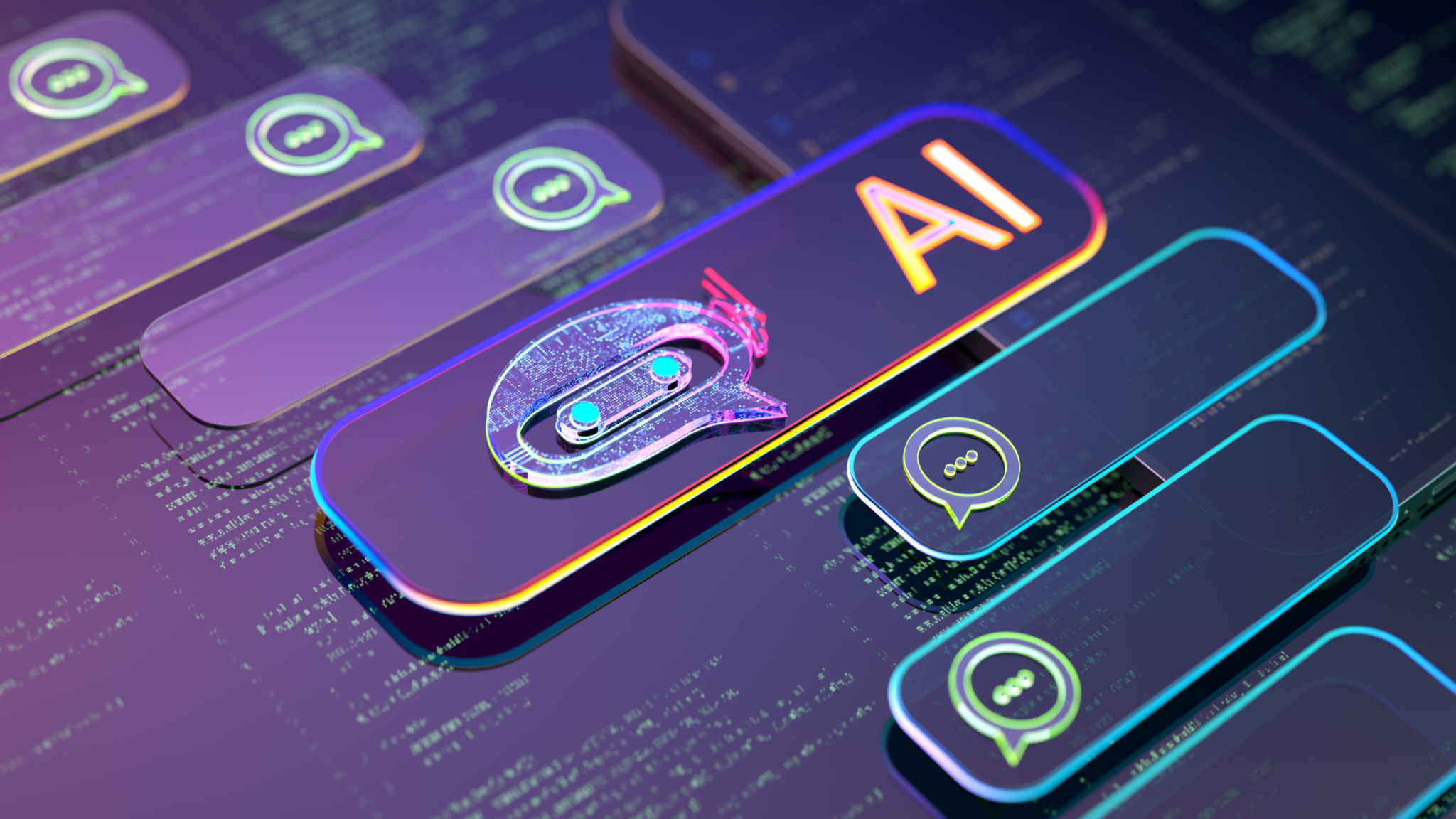Debunking Common Myths About Artificial Intelligence
Understanding Artificial Intelligence
Artificial Intelligence (AI) is a rapidly evolving field that often sparks both excitement and fear. Unfortunately, misconceptions about AI can lead to misunderstandings about its capabilities and potential impact. In this article, we'll debunk some common myths about AI to provide a clearer picture.

Myth 1: AI Will Replace All Human Jobs
A prevalent fear is that AI will take over all human jobs, leading to massive unemployment. While AI can automate certain tasks, it is more likely to transform jobs rather than eliminate them. AI can handle repetitive tasks, allowing humans to focus on more complex and creative work.
Industries are already seeing AI as a tool that enhances productivity. For instance, in healthcare, AI assists doctors by analyzing data, not by replacing them. The collaboration between humans and AI is key to future advancements.
Myth 2: AI Is Infallible
Another myth is that AI systems are always accurate and dependable. In reality, AI systems are only as good as the data they are trained on. If the data is biased or flawed, the AI's decisions will reflect these issues.
Continuous monitoring and updating of AI systems are crucial to ensure accuracy and fairness. Developers must be vigilant in addressing biases and errors to maintain trust in AI technologies.

Myth 3: AI Can Think Like Humans
Many people believe that AI can think and feel like humans. However, AI lacks consciousness and emotions. It processes data and performs tasks based on algorithms without any understanding or awareness.
AI's ability to mimic human behavior is limited to its programming. While it can recognize patterns and make predictions, it does not have the capability to think independently or possess emotional intelligence.
Myth 4: AI Is a New Phenomenon
Some may think AI is a recent development, but its roots trace back several decades. The concept of AI emerged in the mid-20th century, and its evolution has been gradual.
From early machine learning algorithms to today's advanced neural networks, AI has been a field of continuous research and innovation. Understanding its history helps appreciate its current capabilities and future potential.

Myth 5: AI Poses an Imminent Threat
Concerns about AI becoming a threat to humanity are often exaggerated. While ethical considerations are essential, AI is not inherently dangerous. It is a tool that reflects the intentions of its creators and users.
Ensuring responsible development and implementation of AI technologies is crucial. By setting ethical guidelines and regulations, society can harness AI's benefits while minimizing risks.
Conclusion
Debunking these myths helps to build a more informed perspective on AI. By understanding what AI can and cannot do, we can better anticipate its role in the future. Embracing AI's potential while addressing its challenges will pave the way for advancements that benefit all.